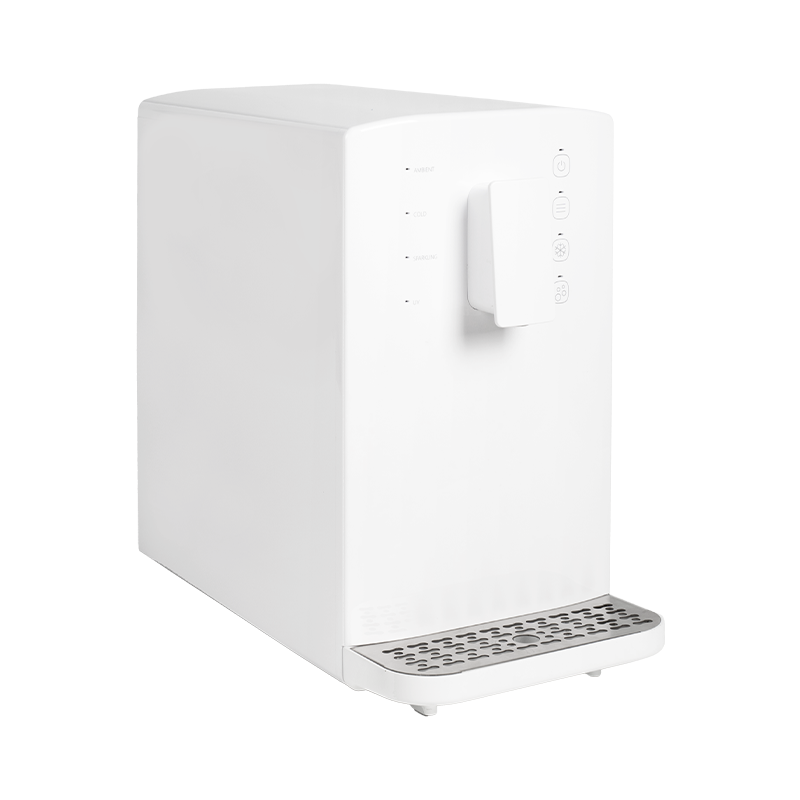HOT PRODUCTS
When considering an Office Countertop Water Dispenser for your business, one of the most important factors to consider is its energy consumption and how it will impact your overall electricity costs. Since most office environments use these dispensers regularly throughout the workday, understanding the efficiency of the unit and the energy it requires to maintain cool or hot water can help you make a more informed decision.
A well-designed office water dispenser typically operates with minimal energy, especially when it comes to cooling and heating water. Most models are engineered to keep the water at the optimal temperature without drawing excessive power. For instance, modern dispensers often have energy-saving features like insulated storage, which helps minimize energy waste. This insulation ensures that the water stays at the desired temperature for longer periods, reducing the need for the dispenser to frequently kick on and cool or heat water.
However, the real impact on electricity costs comes from understanding how often and for how long the dispenser is in use. Larger offices with more employees will likely see a higher energy consumption simply because the dispenser is being accessed more frequently. If your office runs an open environment where people are constantly taking water breaks, this will result in a steady demand for energy to keep the water chilled or heated. But this is where choosing an efficient dispenser makes a difference. With many models, you’ll find that the energy consumption remains consistent regardless of how often the dispenser is used, ensuring predictable energy costs even in a bustling office setting.

Another consideration is whether the dispenser operates continuously, as some units maintain their internal temperature 24/7, while others have timers that kick on only when needed. A unit that runs nonstop may consume more energy over time, especially if it operates during off-hours when no one is around to use it. However, dispensers with smart features, like temperature controls and automatic shut-off systems, can significantly reduce unnecessary energy consumption. If your office runs at full capacity, you’ll want to look for a dispenser that adjusts its energy usage based on demand, which helps avoid high electricity bills.
Finally, it’s important to think about the scale of your office’s energy use when planning for these kinds of purchases. For a small team, the energy cost might be negligible, but in larger offices where several dispensers might be running, those cumulative energy costs could add up. Therefore, investing in a dispenser with energy-efficient certifications or features like low-power modes could make a significant difference in the long run. Whether you are a large corporation or a small startup, keeping an eye on energy usage with an office countertop water dispenser is a smart way to manage costs while still offering a high-quality, reliable product to meet your team's hydration needs.





 Language
Language
 English
English Español
Español








 ADDRESS
ADDRESS CONTACT
CONTACT EMAIL
EMAIL